
How To Get Clear Skin Naturally
August 12, 2024
Men’s Skincare: How To Avoid Ingrown Hairs
August 26, 2024As we age, our skin undergoes many changes like becoming drier and less elastic, which eventually causes fine lines, wrinkles, and other signs of ageing. This process and its speed can be different for everyone, but it’s possible to notice signs of ageing as early as your 20s. That’s why it’s never too early (or too late) to incorporate anti-ageing ingredients and techniques into your daily routine. An anti-ageing skincare routine can help promote radiant, youthful-looking skin at any age, but with so many skincare products, it can be tough to nail down the best routine for your needs.
We’ve got you covered if you need help getting started with your anti-ageing skincare routine. Read on for a breakdown of everything you should know about building an anti-ageing routine—including our best anti-ageing skincare products and tips to help you care for ageing skin in your 20s, 30s, 40s, and beyond.
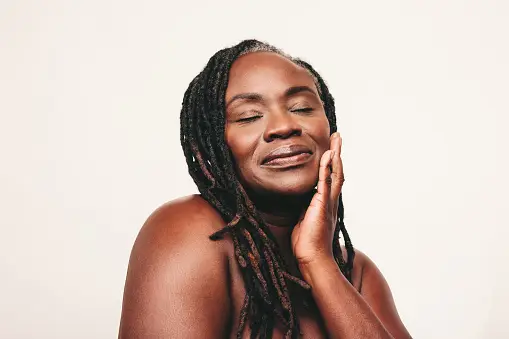
What Are the Early Signs of Aging?
The earliest visible signs of skin ageing (usually fine lines and wrinkles) tend to appear in your 30s. However, as mentioned above, early signs of ageing can vary from person to person. How fast your skin ages depends on several factors, such as genetics, stress, environment, and lifestyle. Here are some of the most common signs of skin ageing to look out for.
- Fine lines and wrinkles:
These are perhaps the most well-known signs of ageing. You may notice lines and creases in your face becoming more pronounced as you age, especially in your 40s. Wrinkles are a natural part of the ageing process. Everyday facial movements and a loss of elasticity over time cause them. Several environmental factors may cause or worsen fine lines and wrinkles, including sun damage, pollution, and smoking.
- Dark spots (a.k.a. age spots, or sun spots):
As you age, you may notice small, flat dark spots on areas most exposed to the sun, like your face, shoulders, hands, and arms. Dark spots are typically caused by sun damage. They tend to be more common in people over 50, but younger people can also develop them after prolonged periods of unprotected sun exposure.
- Rough, dry skin texture:
Your skin can become drier and rougher-feeling with age as the skin barrier weakens and is less able to hold onto moisture. That’s why keeping your skin hydrated is such an important part of any anti-ageing routine (more on that ahead).
- Dullness and uneven skin tone:
Mature skin can lack radiance and may have an uneven skin tone. This is often caused by structural changes to the skin over time (such as the thinning of skin layers), but may also be the result of sun damage.
So, how can you overcome all of these to achieve youthful, glowing skin?
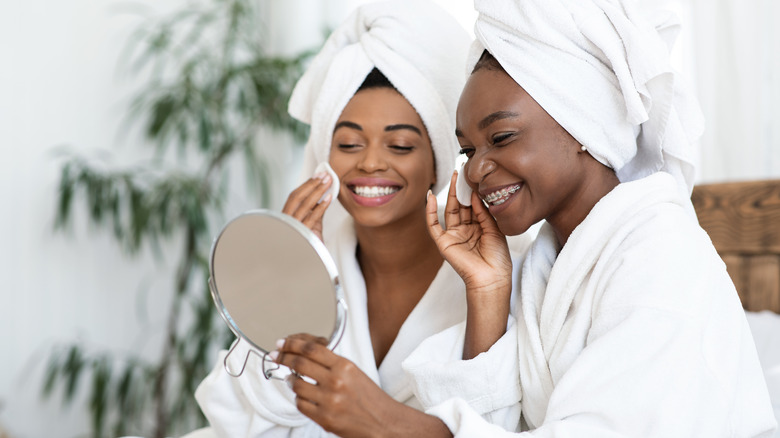
10 Anti-Ageing Skincare Routine Tips
Try adding these 10 anti-ageing skincare routine tips to your daily regimen to help address visible signs of ageing and promote a fresh, radiant-looking complexion.
- Use a gentle cleanser:
Regardless of your age, daily cleansing is a must—and the best face care for ageing skin starts with choosing the right gentle cleanser. Try to avoid using harsh cleansers, which can irritate your skin and disrupt its natural barrier. As skin matures, it loses moisture more easily, resulting in skin that looks and feels dry. A gentle, nourishing cleanser can help replenish skin’s moisture without leaving it feeling tight or stripped after use.
- Exfoliate regularly:
Exfoliation offers a plethora of benefits for your skin—it helps remove dead skin cell buildup, helps keep your pores clear, and promotes fresh, glowy-looking skin. It may also help prep your skin to better absorb the rest of your skincare products for ageing skin.
- Apply a targeted facial serum:
Once you’ve cleansed and/or exfoliated your skin, apply a face serum. These formulas are great for addressing any specific ageing concerns you may have. Find the right serum for your needs by visiting your dermatologist for recommendations that are particular to your skin.
- Use an eye cream for under-eye concerns:
The delicate skin under your eyes needs attention, too, regardless of your age. Look for a nourishing eye cream formula that can help address visible signs of ageing around your eyes, such as dark circles and under-eye bags. Morning and night, use your ring finger to massage your chosen formula gently around the eye area until it’s thoroughly absorbed.
- Moisturise regularly:
Mature skin tends to be dry, which means a rich, deeply hydrating moisturiser is usually the way to go.
- Try a facial oil:
Another sign of ageing skin is when natural oil production starts to decrease, which can affect your skin’s ability to retain moisture. That’s where facial oil can help. Facial oils are often applied as the sixth step in your anti-ageing routine, after moisturiser, but this can vary depending on the formula you choose. To learn more, head to our guide on how to layer your skincare products.
- Use sunscreen every day:
According to the Cleveland Clinic, damage from the sun’s UVA and UVB rays can contribute to premature signs of ageing, like wrinkling, sagging, and age spots. Always remember to apply a product with broad-spectrum sunscreen every day and reapply it at least every two hours for ongoing sun protection.
- Remove makeup gently:
Let’s skip to the end of the day: Before you’re ready to get some beauty sleep, you’ll need to remove your makeup. To avoid the clogged pores that snoozing in makeup can bring, reach for a makeup wipe. Gently wipe the towelette all over your face to remove makeup and other impurities before heading to bed.
- Reach for an anti-ageing cream at night:
Sleep gives your body time to refresh and renew itself. Take advantage of that time by applying a wrinkle-fighting night cream as the final step in your evening routine. Consult your dermatologist for recommendations for a night cream that is particular to your skin’s needs. With consistent use over time, expect visibly fewer wrinkles, firmer skin, and improved radiance.
- Sleep on a silk or satin pillowcase:
While we’re on the subject of beauty sleep, consider how your bedtime rituals can also impact your anti-ageing skincare routine. Sleeping on a silk or satin pillowcase can make a difference for your skin because the soft, slinky material is typically gentler than cotton or polyester. It won’t tug or rub on the skin, which can worsen the appearance of fine lines and wrinkles.
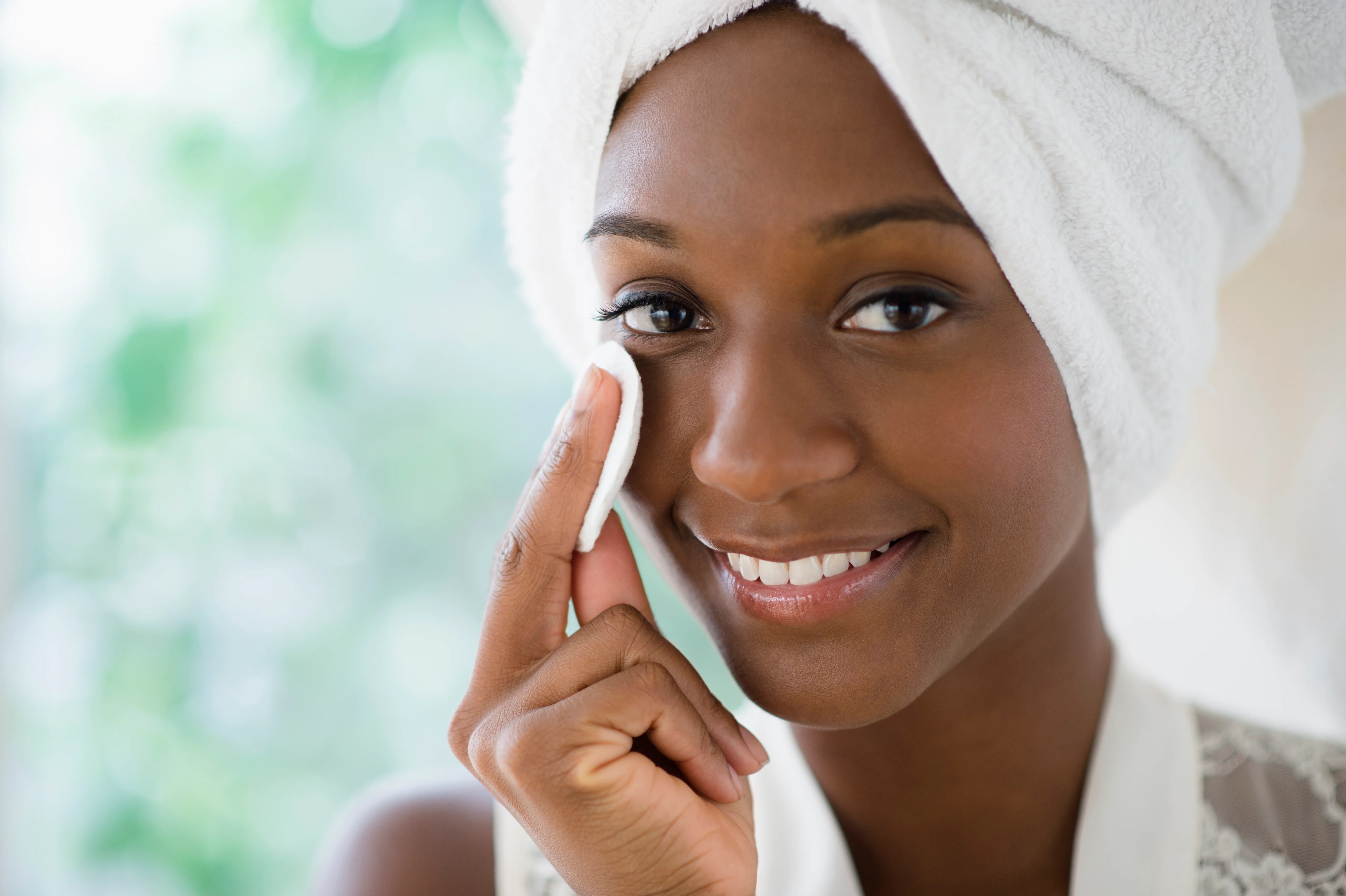
Anti-Ageing Skincare Routine for Your 20s
Maintaining an effective anti-ageing routine means that you’ll likely have to make some adjustments with each passing decade. Certain steps will stay the same—like cleansing, moisturising, and applying sunscreen—but your skin concerns and the formulas you use to target them will likely change over time.
Follow these age-tailored steps to help create a solid anti-ageing skincare routine for your 20s.
- Step 1: Cleanse
Every skincare routine should start with a cleanser. Cleansing is essential at any age—it helps remove dirt, excess oil, and makeup and creates a clean canvas for the rest of your skincare products. Explore some gentle natural cleansing soaps like the Kanda Shea Soap or the Embed Soap.
- Step 2: Spot treat and target skin concerns
Use a spot treatment or facial serum to help address specific skin concerns you may have, such as dullness, enlarged pores, or dark spots. Niacinamide serum can be a great option for your 20s—this ingredient can help fade dark spots and is often well-tolerated by most skin types. Visit your dermatologist for a personalised recommendation.
- Step 3: Use eye cream
Since the skin around your eyes is so delicate (and, therefore, may show signs of ageing sooner), it can be a good idea to start using an eye cream (or serum) in your 20s. Apply it to your under-eyes with a roller ball applicator and use your ring finger to gently tap it in to hydrate and plump, and reduce the appearance of under-eye bags, puffiness, and dark circles.
- Step 4: Moisturise
All skin types should moisturise after cleansing with a hydrating formula that won’t clog your pores. Generally speaking, it’s not a good idea to skip moisturiser, and that goes for skincare in your 20s. If you avoid moisturisers with the notion that your skin is already “oily enough,” it may backfire—drying out your skin may cause your skin to overcompensate by producing even more oil. Not sure of where to start with moisturisers? Kanda’s range of body balms is a great moisturiser option as they are chock full of natural oils and butters to help lock in moisture in your skin. Want to take it a step further? Pair your body balm with body oil for extra hydration.
- Step 5: Apply sunscreen
Sunscreen should always be applied as the last step of your daytime skincare routine, after moisturiser and before makeup. Look for a sunscreen of SPF 30 and above that has a lightweight texture and won’t leave a white cast.
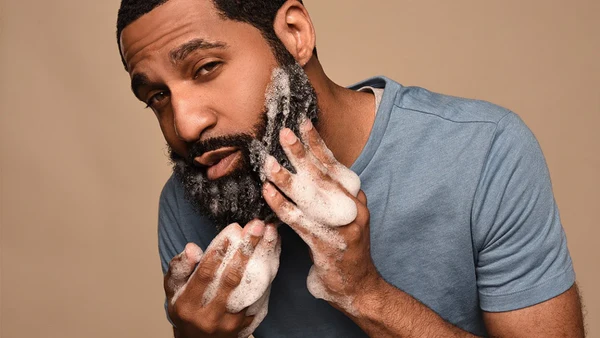
Anti-Aging Skincare Routine for Your 30s
The skincare routine you follow in your 20s probably won’t look much different once you reach your 30s. Here’s an easy, anti-ageing skincare routine to try in your 30s.
- Step 1: Cleanse
Your cleanser of choice can usually stay the same as you reach your 30s—just make sure to continue washing your face twice a day (and after sweating) to help prevent clogged pores.
- Step 2: Exfoliate
The National Library of Medicine reports that skin cell turnover slows down as you age, which can lead to a buildup of dead skin cells. To help address this, use an exfoliating serum or toner to help remove dead skin cells and banish a dull, lacklustre complexion. The Kanda Revitalising Toner is a natural, gentle exfoliant that contains Hydrating Rose to visibly smooth your skin’s texture and reveal glowing skin. At night, apply some to your palms and gently pat it onto your skin before applying moisturiser.
- Step 3: Moisturise
A moisturiser with Cocoa Butter can help decrease the appearance of fine lines and improve the look of uneven skin tone and texture. Try the Kanda Cocoa Body Balm to promote hydrated, healthy-looking skin in your 30s. This formula helps counteract the potential drying effects of any anti-ageing treatments you may use like retinol, with soothing ingredients like glycerin. Apply small amounts of the moisturiser to your face, neck and décolleté.
- Step 4: Apply eye cream
Eye cream continues to be important in your 30s, so make sure you’re applying it correctly. Focus on applying it from under your eyes to your temples, and tap in any excess product with your fingers.
- Step 5: Apply sunscreen
Sunscreen should be a staple in your routine by now, but if it isn’t, there’s no time like the present to start wearing it. Apply it every day—even on cloudy days and when staying indoors.
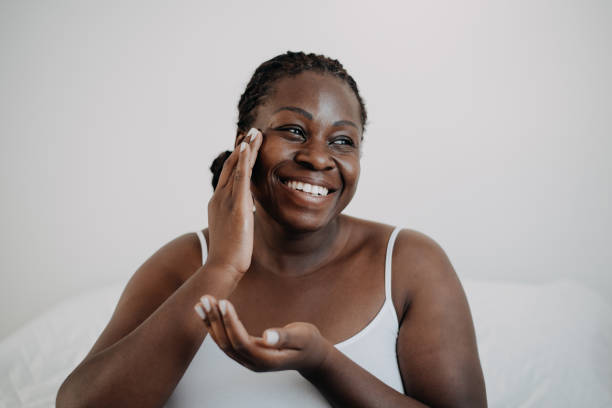
Anti-Aging Skincare Routine for Your 40s and Beyond
You may notice your skin getting drier in your 40s, so an anti-ageing skincare routine after 40 is all about replenishing moisture with hydrating, nourishing formulas. Here’s one example of how a routine in your 40s and beyond might look.
- Step 1: Cleanse
If you’re not already using a hydrating cleanser, now is probably the time to start. The Baobab Soap gently cleanses and nourishes skin while removing all traces of makeup and impurities for skin that looks smoother, brighter, and more refined.
- Step 2: Use a hydrating serum
To help keep your skin as nourished as possible, try adding a hydrating serum to your anti-ageing skincare routine. Visit your dermatologist for a personalised recommendation of hydrating serums. If you are shopping for serums on your own, look for formulas with hyaluronic acid, a humectant ingredient that helps plump and hydrate your skin.
- Step 3: Apply eye cream
Eye cream is an important part of any skincare routine for mature skin. Look for formulas that moisturise and help reduce the appearance of fine lines and crow’s feet wrinkles. In your 40s, you can typically start applying eye cream as part of both your morning and nighttime routines (if you aren’t already doing so).
- Step 4: Moisturise
As we mentioned before, moisturiser is essential in any anti-ageing skincare routine. Reach for a rich-textured product, like the Kanda Body Balms we mentioned earlier—especially during the Harmattan season when the skin tends to be drier.
- Step 5: Apply sunscreen
Sunscreen is non-negotiable in your 40s and beyond. This essential product will help you avoid the ageing effects of sun damage, which include skin discolouration, wrinkles, and loose, sagging skin.
Generally, as we age, we need to prioritise a skincare routine that promotes moisturisation. A simple routine using the right anti-ageing products as highlighted above can help improve visible signs of ageing, including the appearance of fine lines, wrinkles, and dullness. Prioritise products that are formulated with ingredients that help restore and maintain the skin barrier for soft, healthy-looking skin.

